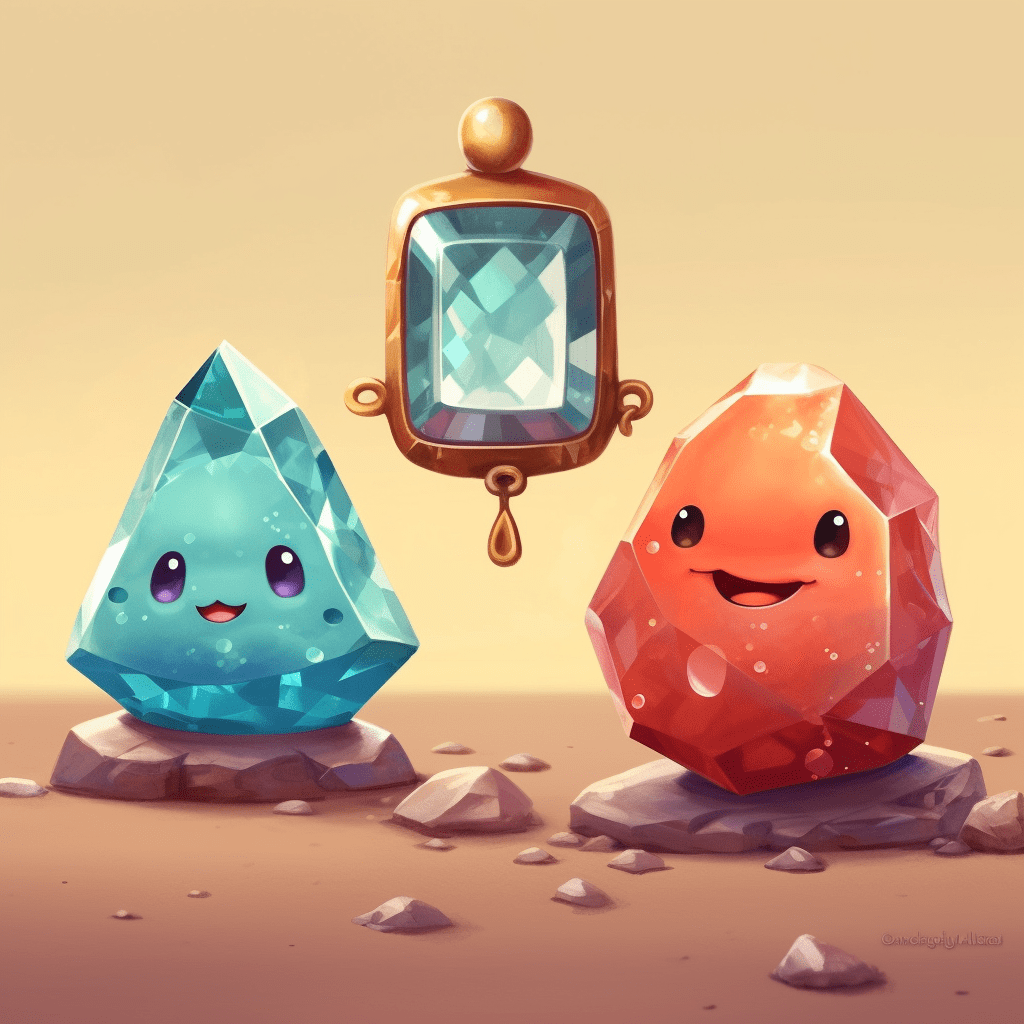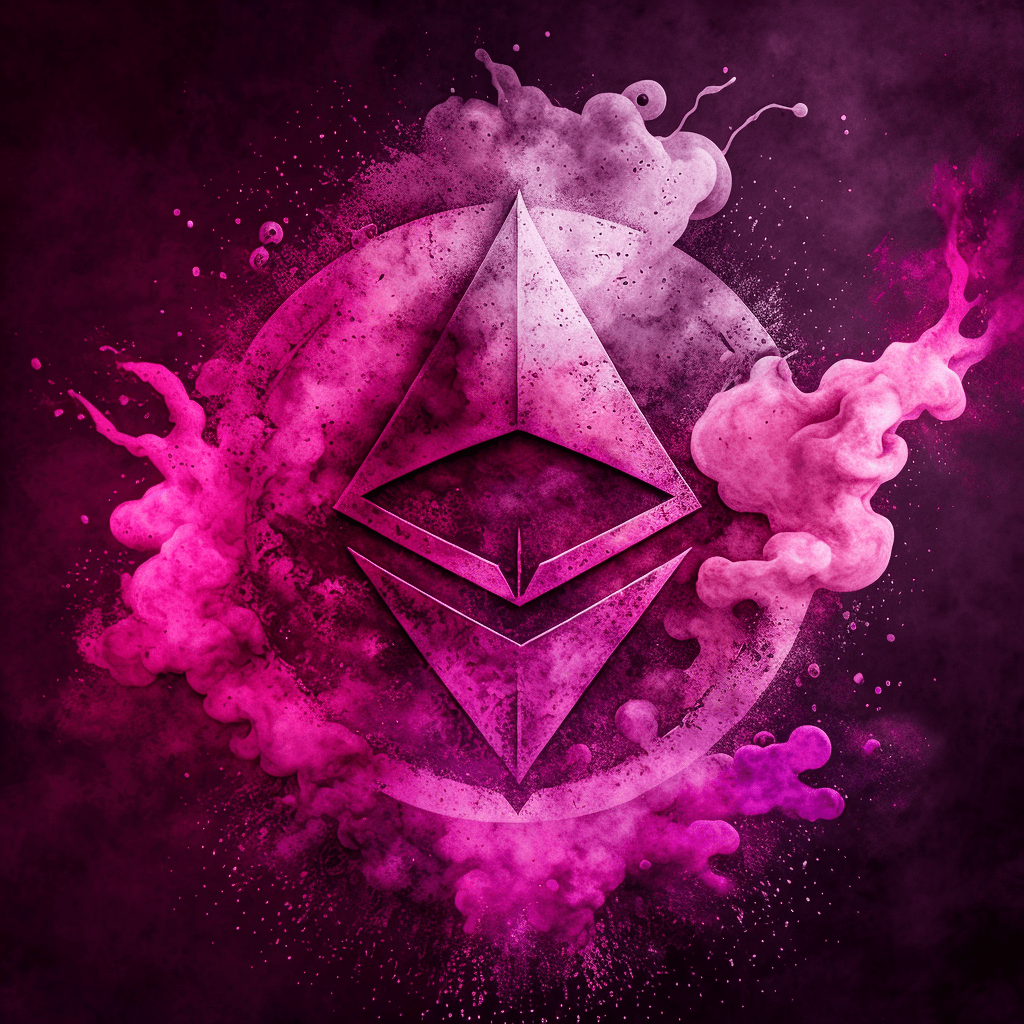The world of charitable fundraising and donations has been revolutionized by the rise of blockchain technology, cryptocurrencies, and Non-Fungible Tokens (NFTs). Among the various token standards available, ERC721a has emerged as a particularly promising option for charitable causes. With its unique features and advantages, ERC721a can provide a more efficient, transparent, and engaging way to raise funds and promote philanthropy. In this article, we’ll explore how to use ERC721a for charitable fundraising and donations, and the benefits it offers to both donors and organizations.
Understanding ERC721a and Its Unique Features

ERC721a is an Ethereum-based token standard designed to build upon the original ERC721 standard for NFTs. It introduces several improvements that make it more suitable for various use cases, including charitable fundraising and donations. Some of the key features of ERC721a include:
- Gas-efficient transactions: ERC721a enables the creation and management of NFTs at a lower gas cost, making it more affordable and accessible for creators and users.
- Improved metadata handling: This token standard provides better support for handling metadata associated with NFTs, allowing for a richer and more engaging user experience.
- Greater flexibility: ERC721a allows for the minting and burning of tokens, enabling organizations to create limited edition NFTs or alter their supply as needed.
Creating ERC721a NFTs for Charitable Fundraising
One of the most effective ways to use ERC721a for charitable fundraising is by creating unique NFTs representing digital assets or experiences that donors can purchase to support the cause. Here are some steps to help you get started:
- Develop a concept: Begin by brainstorming ideas for the NFTs you’d like to create. Consider what would appeal to your target audience and how the NFTs could help raise awareness for your cause.
- Design the NFTs: Once you have a concept in mind, work on designing the digital assets, whether they are images, videos, audio clips, or a combination of these. Ensure that the designs are visually appealing and convey the message of your cause effectively.
- Mint the NFTs: After designing the NFTs, use an Ethereum development platform to mint them as ERC721a tokens. This process involves deploying a smart contract on the Ethereum network, specifying the token’s properties and metadata.
- Promote the NFTs: Spread the word about your NFTs through social media, press releases, and other marketing channels to attract potential donors and supporters.
- Sell the NFTs: List the NFTs for sale on popular marketplaces, such as OpenSea or Rarible, and set the purchase price or auction parameters. Be sure to mention that the proceeds from the sale will go toward your charitable cause.
Incorporating ERC721a NFTs into Donor Recognition Programs

Another way to use ERC721a for charitable fundraising is by integrating it into donor recognition programs. Organizations can create and distribute ERC721a NFTs to acknowledge the contributions of their donors, offering a unique and lasting token of appreciation. Here’s how:
- Identify donation tiers: Establish different tiers of donations based on the amount contributed, and assign a corresponding NFT for each tier.
- Design donor recognition NFTs: Create visually appealing and meaningful NFT designs that reflect the donation tiers and the cause you’re supporting.
- Distribute the NFTs: After a donor makes a contribution, automatically mint and send the appropriate NFT to their Ethereum wallet as a token of appreciation.
- Encourage sharing and trading: Promote a sense of community among your donors by encouraging them to share and trade their donor recognition NFTs on social media or NFT marketplaces. This can help raise awareness for your cause and attract new donors.
Tracking Donations with ERC721a
Transparency is crucial for building trust in charitable organizations, and ERC721a can play a key role in ensuring a transparent donation process. By leveraging the power of blockchain technology, ERC721a can help organizations track donations and provide real-time updates on the progress of their fundraising efforts.
- Create a donation tracking platform: Develop a platform that enables donors to view the NFTs they’ve purchased or received, along with details about the donation they’ve made.
- Integrate blockchain data: Connect the platform to the Ethereum network to fetch real-time data on the donations made via ERC721a NFTs, including the amounts contributed and the corresponding NFTs issued.
- Provide progress updates: Keep donors engaged by sharing regular updates on the progress of your fundraising campaign, the projects being funded, and the impact of their donations.
Final Thoughts

The ERC721a token standard has the potential to revolutionize the way charitable fundraising and donations are conducted. By creating unique NFTs for fundraising initiatives, incorporating them into donor recognition programs, and ensuring transparency through blockchain-based donation tracking, organizations can leverage ERC721a to boost their fundraising efforts and foster lasting connections with their supporters.
